I recently had the honor and privilege of visiting with my Dad and both my Maternal and Paternal Grandmothers ages 85 and 89 respectively. My Dad who is 65 years old, had been in the hospital for several days experiencing some issues with digestion, a complication we think resulting from years of insulin dependence, a byproduct of his diabetes diagnosis. Though brief, unplanned and frankly unexpected, the visit was beautiful, insightful and clarifying. A gem. A gift. Though I’ve always had a relationship with all of them, the challenges that come with being human have no doubt affected the quality of these relationships over time. And while its likely that one day I will tell the whole story of each of these divine encounters more in depth, today my focus is on the choice to forgive, the decision to let go deliberately, and the work involved with doing so.
It had only been just over a year since the last time I was there and this time I found my father and both of my grandmothers had aged considerably…or maybe I had. Truth, like my grandmother, Annie said for her to be alive was a “blessing” and while they are all independent, for some reason seeing them this time, reality sunk in. The reality that at 42 almost 43 years old I have more time behind me than I do ahead of me with any of them. Truth, that the chances of me seeing 42 more years with any of them wasn’t going to happen. I realized in that moment of clarity just how much we take for granted and more specifically I realized just how much I had taken each of them for granted.
I realized that not only had I outlived my hurt, anger and pain from situations long since dead, I had also outlived any plausible reason for holding on to any of these emotions or any others. Not that there ever was one. What I also realized was that I was able to come to this place of clarity and insight not simply as a result of time or happenstance, but because I had done specific forgiveness work and I had chosen to forgive on purpose.
In previous posts, I’ve talked about my personal practice of forgiveness and the techniques I use to continue to nurture healing through forgiveness. In addition to these techniques and consciously choosing to forgive, I as well use a fire releasing ritual that helps release on both a spiritual and emotional level. The technique is both simple and effective and can be done at any time. All you need is paper, pen or pencil, a vessel to contain the fire, and matches or a lighter. The ritual is performed as follows:
FIRE RELEASING RITUAL
1. Get a piece of paper and a pen or pencil.
2. Make a list of everything that you need to release. It doesn’t matter if you write “I release” and write each item afterwards or if you write a statement of release for each thing you are letting go of. The important thing is to focus on what it is that you are carrying that no longer serves you and you therefore want to let go of.
3. When you are done, spend a few moments focused on what you want to replace the things you released with. This could be anything but ideally the opposite of what you released, i.e. if you release fear, you’d replace it with courage. If you released sadness, you’d replace it with joy.
4. Fold the paper, place it in the vessel and set the paper on fire. As the paper burns remember to focus on what you want to bring in.
Forgiveness is truly a process and a practice, and it can be tailored and tweaked to meet both preferences and needs. The choice to forgive is an act of courage and one of commitment. The use of tools like H’opono’pono, The Stage, The Forgiveness and Acceptance List and the Fire Releasing Ritual have all proven to be effective for me but are by no means considered to be exhaustive in approaching forgiveness work. Whether used alone, in collaboration or in conjunction with some other techniques not mentioned, they all carry value on the path of healing and within the process of forgiveness.
Though not always the easiest, forgiveness can essentially provide the balm that helps us to continue to walk and make it through to the next leg of our healing journey.
So the question remains…what do you need to heal?


